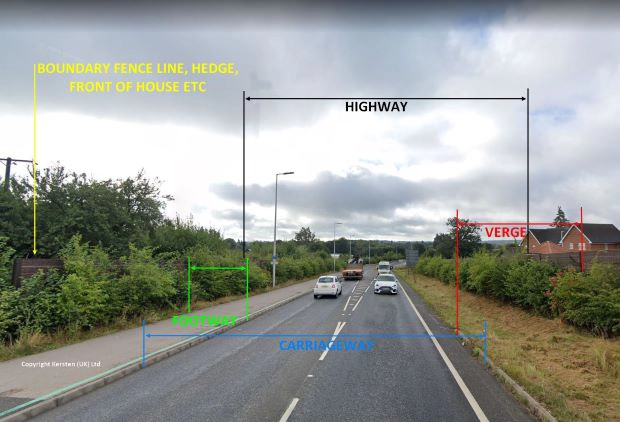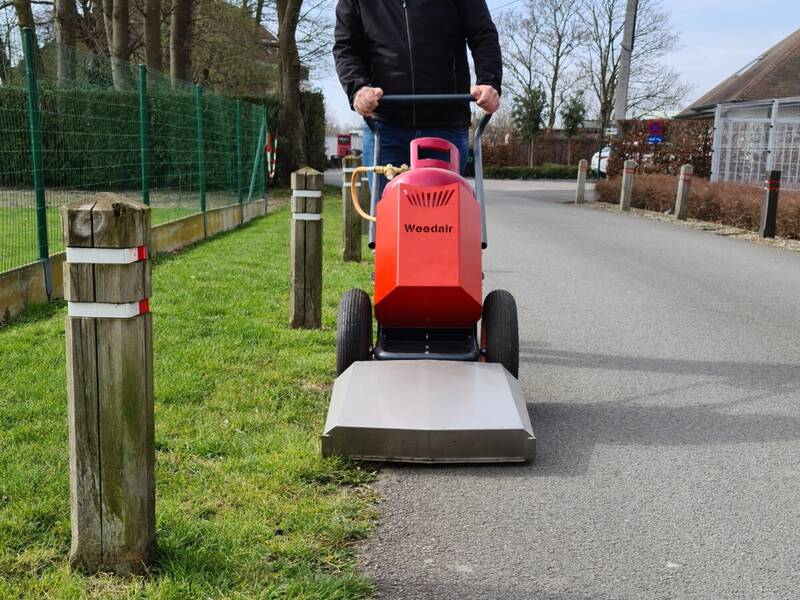Zasso Products
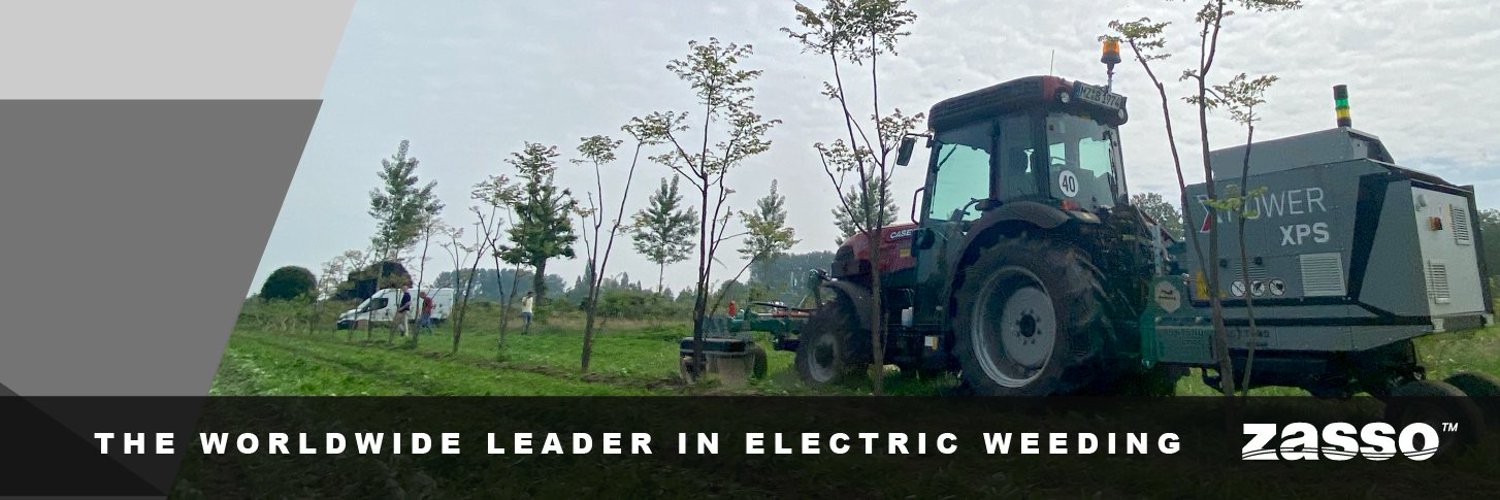
Zasso Products
Revolutionary New Electroherb™ Technology
Uses electricity to heat all plant cells, boiling the water within the plant and destroying its structure immediately. This causing the weed, including the roots dry out and perish.
Zasso's patented electric weed control solution is a non-chemical alternative to herbicides. It is just as effective, but non-toxic, residue-free and very easy to use.
Chemical herbicides were a great success story in the 20th century because they reduced costs and increased yields. But today there are very good reasons why alternative weed control methods represent an important step forward for many applications.
Electroherb™ is a weed control technology based on a sophisticated, non-selective electrophysical mode of action. Successful application is ensured by a rapid, dynamic adjustment of the high voltage power delivered to the target plants via a closed, uniform and directed circuit.
In addition to the high level of sophistication, all products have CE certification, which guarantees the highest level of safety controls, so that the highest level of safety for the user and third parties is always guaranteed.
Related Website Items
Electric Weed Management Articles
What's your next move?
If you like what you see, or are unsure, then get in touch.
1. Fill in the form with as many details about the problem you are trying to solve as possible.
2. We'll pull on all our resources and contacts to provide the best possible solution we can to help you and then refine it by working with you.
3. We can provide quotes, videos, articles and even bring out most of our equipment for a free demonstration to help ensure that you are satisfied with the solution we come up with together.
4. There's no pressure selling, if the solution isn't for you, or it's not the right time that's absolutely fine.
So what are you waiting for? Get in touch today and you will be one step closer to alleviating your grounds maintenance headaches.
No, you don’t need to burn the target weed for the device to be effective. The electricity generates heat that boils the weeds from the inside out, destroying the plant’s structure. While you won’t see immediate results, you may hear a ‘pop’ sound indicating that the plant is being boiled. The plant will appear to be decaying, and eventually dry out and decompose within two weeks.
Yes, the electric weeder does require special training to operate. Most products need operators to undergo annual certified application training. This training covers how to use the latest models and includes important safety protocols, especially for operating in public areas.
Targeted Application: Electric weed control, especially with products like those from Kersten and Zasso, allows for precise application. The Zasso Zap Weeder has electrodes closer together, making it ideal for shallower-rooted plants on hard surfaces.
Electric weed control uses electricity to generate heat, which can reach temperatures up to 100°C. When this heat is applied to plants, it disrupts their chlorophyll, leading to its degradation. Chlorophyll is vital for photosynthesis, and temperatures as low as 45-50°C can cause it to start breaking down. At temperatures around 70°C or higher, the plant’s ability to conduct photosynthesis is severely impaired. Chlorophyll is essential for photosynthesis, and when it is damaged by heat, the plant loses its ability to convert sunlight into energy. As a result, the plant cannot produce food, and it eventually dies.
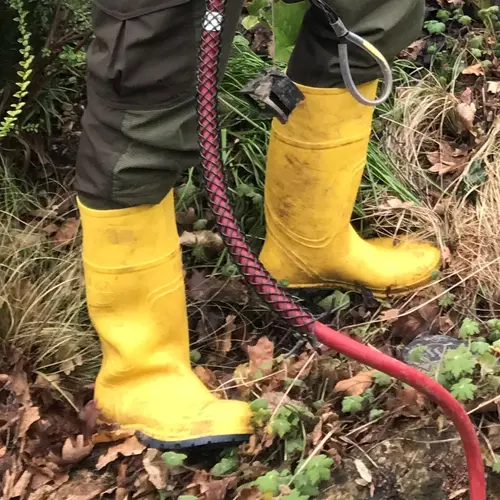
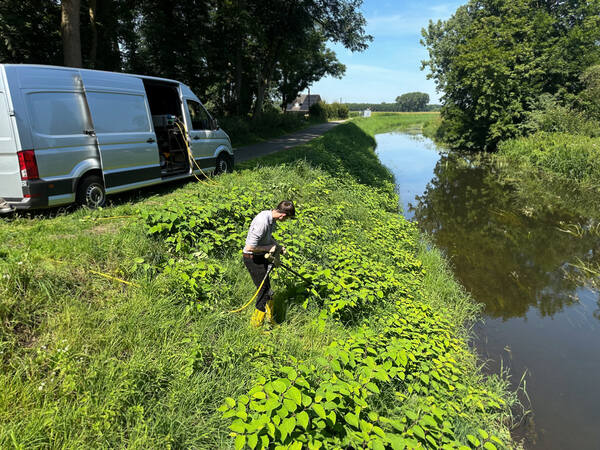

.jpg)
